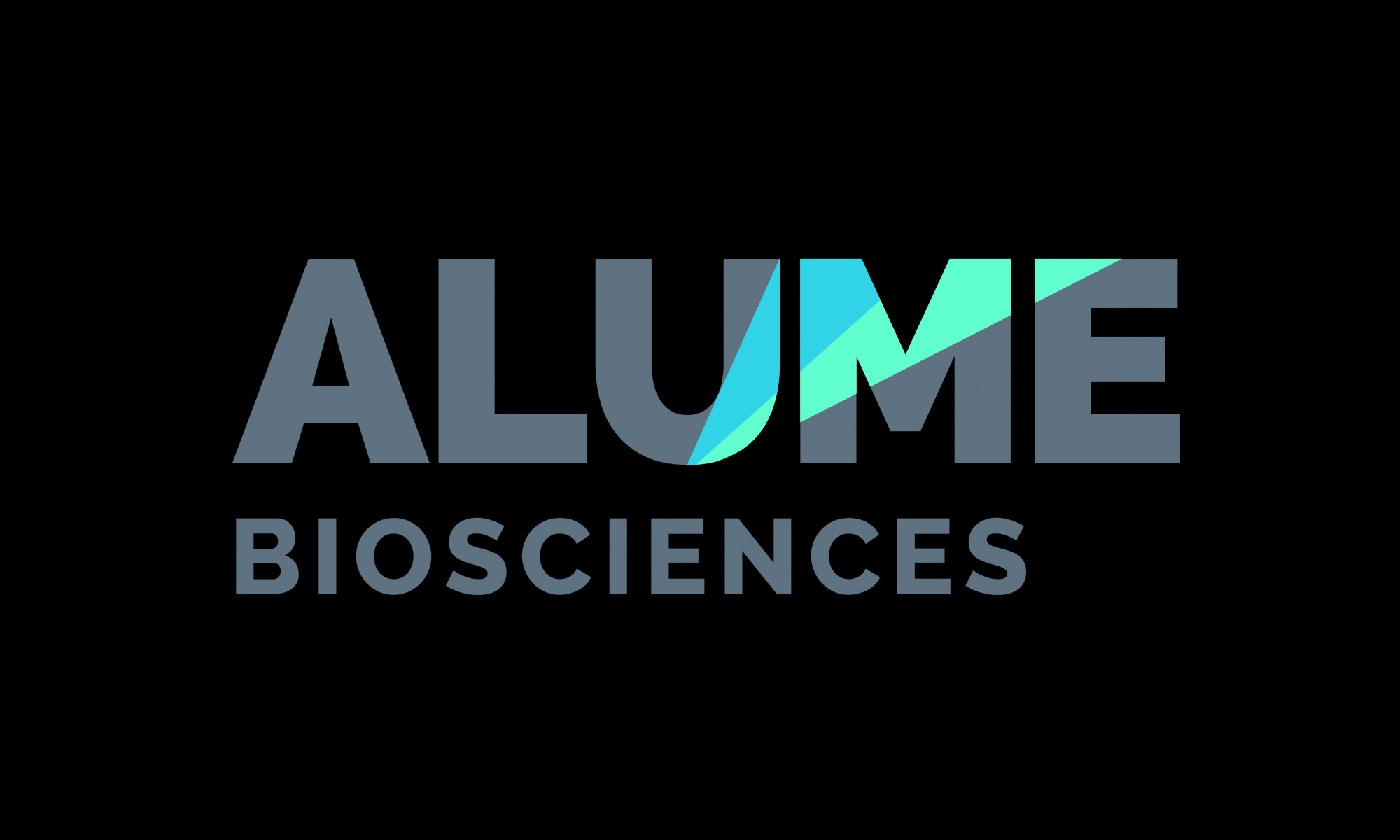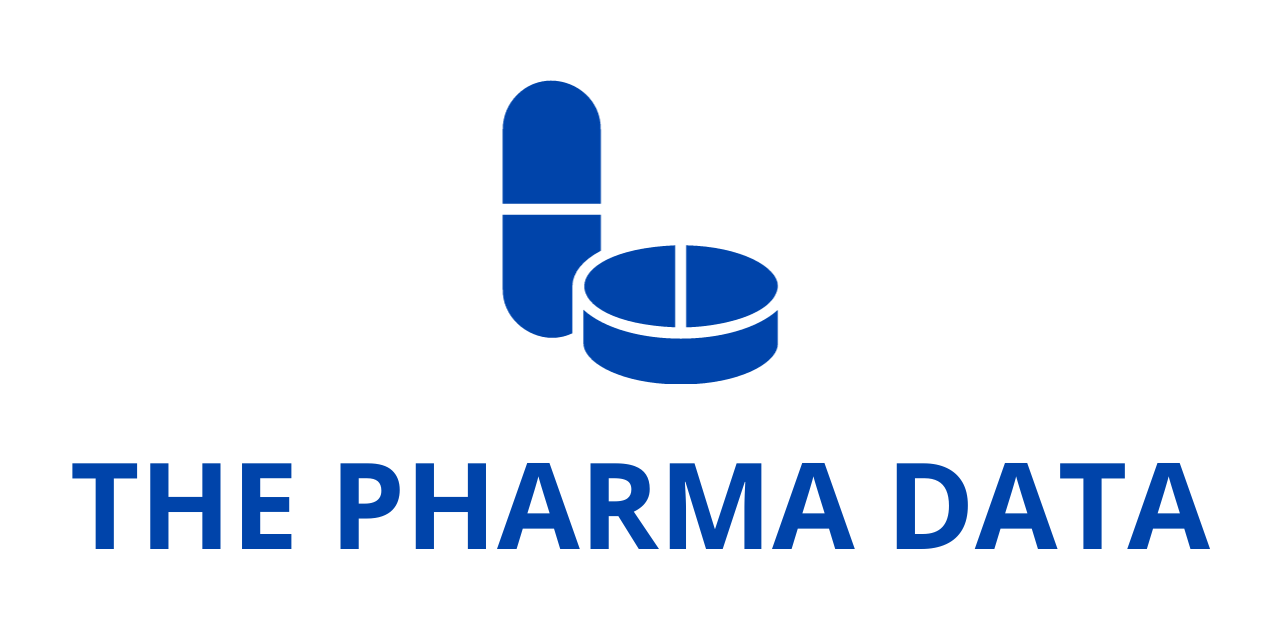
Alume Biosciences Publishes First-in-Human Data on Bevonescein for Nerve Imaging in Nature Communications
Alume Biosciences, a late-clinical stage biotechnology company focused on improving surgical safety through nerve-illuminating technologies, has announced the publication of first-in-human clinical data for its lead compound, bevonescein (ALM-488), in the journal Nature Communications. The article, titled “Intraoperative Nerve-Specific Fluorescence Imaging in Head and Neck Surgery: A Phase 1 Clinical Trial”, details findings from a Phase 1 trial assessing bevonescein’s safety and effectiveness in enhancing nerve visualization during head and neck surgeries.
Bevonescein is a novel fluorescent imaging agent designed to selectively highlight nerves during surgery. Its real-time visualization capability aims to reduce the risk of accidental nerve damage—an often debilitating complication in procedures like thyroidectomy, parotidectomy, and neck dissections. The compound is currently under investigation in Phase 3 clinical trials, with a New Drug Application (NDA) submission to the U.S. FDA anticipated in 2026.
Key Results from the Phase 1 Trial
The clinical trial enrolled 27 adult patients undergoing elective head and neck surgery. Participants received varying doses of bevonescein intravenously to evaluate safety, pharmacokinetics, and optimal imaging parameters. Surgeons then used the Zeiss Tivato surgical microscope with Yellow 560 fluorescence to assess nerve visibility during the procedure.
Key findings from the study include:
- Enhanced Nerve Visibility: Bevonescein markedly improved nerve visualization compared to standard white light, with 57% of patients experiencing over 20% improvement in visible nerve length.
- Optimal Dose Identified: The trial determined 500 mg as the optimal dose for maximizing nerve conspicuity without compromising safety.
- Favorable Safety Profile: No dose-limiting toxicities, infusion reactions, surgical delays, or cancellations were reported.
“This first-in-human data demonstrates bevonescein’s ability to safely enhance intraoperative nerve visualization,” said Dr. Eben L. Rosenthal, senior author and Chair of Otolaryngology–Head and Neck Surgery at Vanderbilt University Medical Center. “The improvements in nerve conspicuity are especially promising for reducing surgical complications in high-risk procedures.”
A Vision Rooted in Nobel-Winning Science
Bevonescein originated from research by Nobel Laureate Roger Tsien, whose work in fluorescent dyes revolutionized molecular imaging. Co-developer Dr. Quyen Nguyen, Alume’s Founder and CEO, emphasized the potential impact of translating fluorescence science into clinical practice.
“Our goal was to transform groundbreaking science into a practical tool that directly improves surgical outcomes,” said Dr. Nguyen. “This milestone publication validates that vision and brings us a step closer to providing surgeons with the ability to see and protect nerves more reliably.”
Dr. Ryan Orosco, Associate Professor at the University of New Mexico and co-lead author, added, “Fluorescence imaging has long been used for tumors and blood flow. Applying it now for nerve identification is a major advancement. Bevonescein represents a paradigm shift that could redefine how surgeons approach delicate procedures.”
About the Study Design
The Phase 1 study focused on establishing dose-response and timing characteristics of bevonescein:
- Participants underwent various head and neck surgeries, including parotidectomy, thyroidectomy, and cervical neck dissection.
- Dosing regimens were tested to optimize nerve brightness, branch delineation, and overall visibility.
- Surgeons rated nerve visibility using a 4-point Likert scale, comparing fluorescence-guided imaging with standard white light.
No adverse events were linked to the study drug, and there were no surgical interruptions due to its use.
About Bevonescein (ALM-488)
Bevonescein is a nerve-specific fluorescent peptide-dye conjugate developed to selectively bind nerve tissue, enabling real-time visualization during surgery. Unlike traditional imaging methods, bevonescein operates intraoperatively, giving surgeons immediate visual feedback to help avoid nerve injury.
Currently being evaluated in Phase 3 trials, bevonescein is part of Alume’s broader platform aimed at developing targeted fluorophores for intraoperative guidance. The company plans to submit an NDA to the U.S. FDA in 2026.




